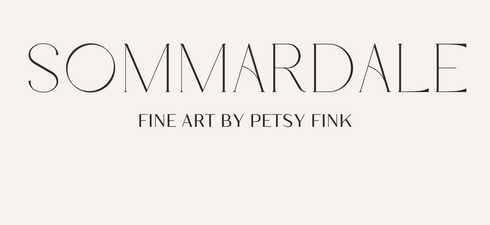When I walk into the forest with my camera, I am not searching for spectacle. I am listening. A shift in light across bark, the way mist softens the edges of a branch, the quiet geometry of leaves against sky — these moments are easy to overlook, yet they are where stillness resides. Over the years I have learned that the images I choose to frame are not about capturing what is seen, but about honoring what is felt.
This, I have come to understand, is the essence of Shibui.
.
A Way of Seeing
Shibui is a Japanese aesthetic philosophy that speaks of subtle, enduring beauty. It is beauty that whispers rather than shouts, that grows deeper with time rather than dulls with familiarity. As an artist, I do not approach Shibui as a theory, but as a lived way of seeing. When I compose an image, I ask myself: does this hold quiet strength? Will it reveal more tomorrow, or is it only dazzling today?
Spectacle has its place, but it does not last. A dramatic sunset fades, a brilliant hue soon overwhelms. What remains are the gestures that linger in memory: the muted gradation of water, the imperfect rhythm of branches, the play of shadow and light. These are the qualities that make an image not just decorative, but companionable. They carry stillness into a room, and in doing so, they restore something the modern world too often strips away.
.
The Weight of Overwhelm
We are living in a time of saturation. Every screen scrolls endlessly, every surface competes for attention, every brand insists on louder colors, sharper lines, faster impact. Yet our senses were not designed for such excess. The nervous system grows restless, the body fatigued, the mind scattered. Even in homes and hotels curated with the finest of intentions, the result can be interiors that impress but do not soothe, that look complete but feel disconnected.
I have stood in such spaces, surrounded by objects of unquestionable value, and sensed the absence of calm. Guests may marvel, but they do not settle. Collectors may admire, but they do not return to themselves. The problem is not the lack of beauty, but the lack of balance.
.
Shibui as Counterbalance
This is where Shibui becomes not just an aesthetic but a remedy. Its quiet discipline privileges understatement, restraint, and natural imperfection. A Shibui space does not exhaust the eye, it rests it. It does not overwhelm the body, it steadies it.
When I create, I think about how the image will live with its collector — not only on the day it is installed, but years into the future. A work conceived in the spirit of Shibui is not designed for immediate applause. It is designed for endurance. It will not demand attention, but it will reward it, unfolding slowly, offering new layers as the viewer’s own life deepens.
This is the kind of art that aligns with wellbeing. Neuroscience shows us that balanced, harmonious environments calm the nervous system, reduce stress, and open space for clarity. A photograph can play its part in this, not as decoration but as anchor — a quiet presence in a world of noise.
.
The Artist’s Process
In practice, my approach is one of refinement. I do not ask: what will impress? I ask: what will last? Often this means working with restraint — a limited palette, a pared-back composition, a patience to wait until the image reveals itself rather than forcing it into being.
There is a discipline to this way of working. It requires trusting that less can be enough, that what is quiet can also be profound. It asks me to resist the temptation of the spectacular, and instead to cultivate presence, both in myself and in the final work.
The reward is that when a piece is complete, it feels whole. It does not shout for attention, yet it continues to speak. And when it enters a space — a collector’s home, a wellness retreat, a hotel lobby — it creates not drama, but calm.
.
Choosing with Discernment
For those who curate spaces, the challenge is not the absence of options, but the abundance of them. The market is flooded with images, patterns, and objects that promise impact. Yet the real question for the conscious curator is simpler: will this endure? Will it bring me, and those I welcome, closer to stillness rather than further into noise?
This is where Shibui offers guidance. To choose in this spirit is to choose with discernment, to honor longevity over novelty, depth over display. It is a cultural stance that resists the disposable and embraces the timeless.
.
A Reflection
When I return from the forest and look at what I have captured, I do not measure success by quantity. Sometimes I come back with only one image that holds the quiet I seek. But that one image may live for years in the life of another, transforming a space in ways that spectacle never could.
This is the gift of Shibui: a reminder that beauty need not be loud to endure, that calm can be more powerful than drama, that in the presence of quiet, we rediscover ourselves.
In a world of relentless stimuli, art shaped by Shibui becomes more than art. It becomes remedy.
Warly,
Petsy


 Exhale | Exclusive editions
Exhale | Exclusive editions